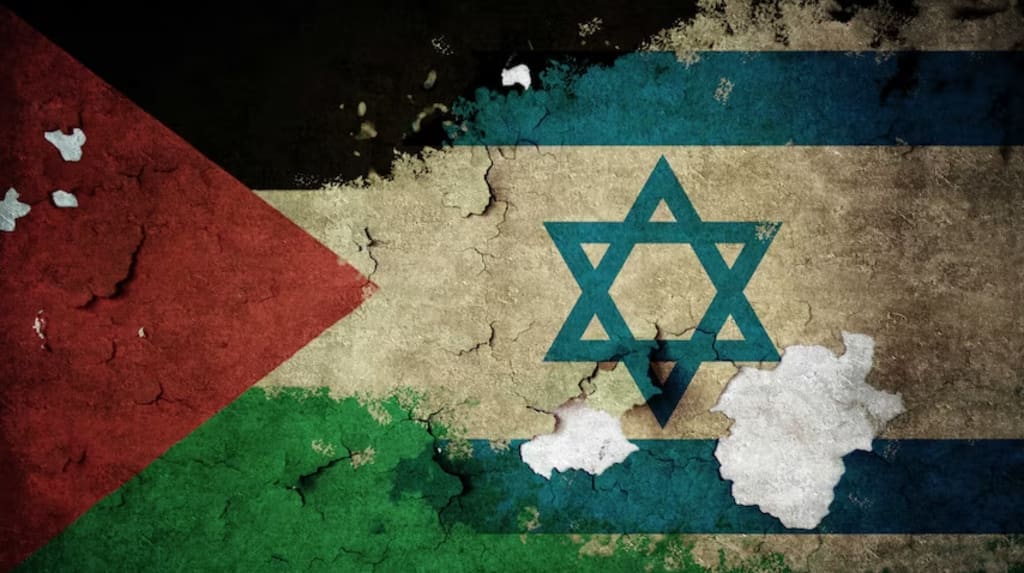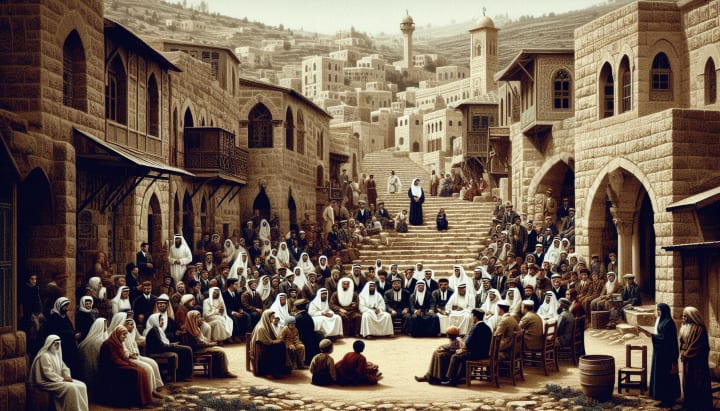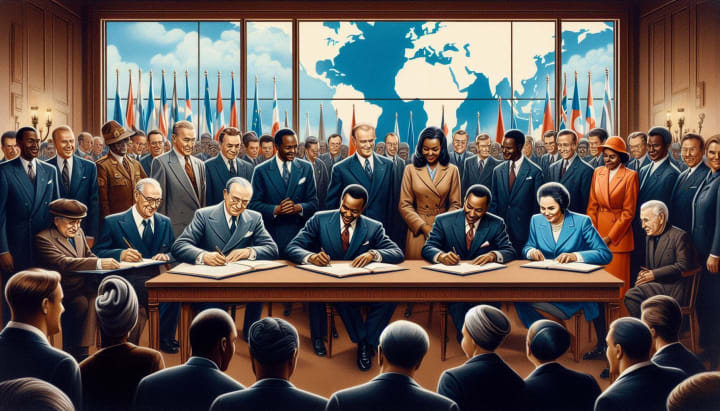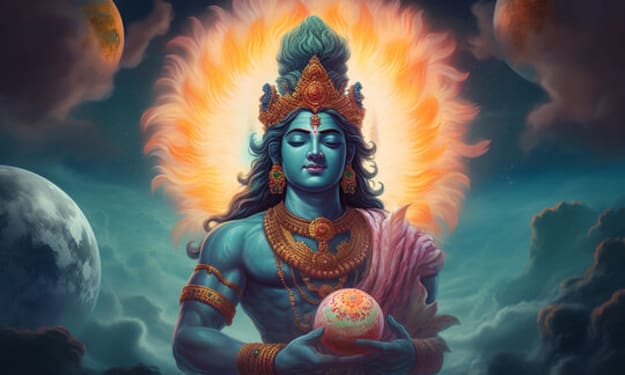
One of the most persistent myths about the Israel-Palestine conflict is that it's rooted in ancient religious hatreds and has been ongoing for centuries. While religion plays a role, the conflict is primarily about two groups of people claiming the same land, and it dates back only about a century to the early 1900s.
Back then, the region we now call Israel-Palestine was part of the Ottoman Empire, a religiously diverse area with Muslims, Christians, and a small number of Jews living mostly in peace. At that time, two significant changes were underway. Firstly, people in the region began to develop a distinct national identity as Palestinians, feeling a unique connection to the land. Secondly, in Europe, many Jews joined the Zionist movement, which argued that Judaism was not just a religion but a nationality deserving of its own nation. This movement gained urgency as Jews faced increasing persecution, and many saw their historical homeland in the Middle East as their best hope for safety.

In the early 20th century, tens of thousands of European Jews began moving to this area. After World War I, the Ottoman Empire collapsed, and the British took control of the region, calling it the British Mandate for Palestine. Initially, the British allowed Jewish immigration, but as more Jews arrived, tensions with the local Arab population grew. By the 1930s, violence between Jews and Arabs was escalating, leading the British to limit Jewish immigration. This sparked the formation of Jewish militias to fight both the British and the local Arabs.
The Holocaust further intensified the push for a Jewish state. In 1947, the United Nations proposed a plan to divide British Palestine into separate Jewish and Arab states, with Jerusalem as an international zone. The Jews accepted the plan and declared independence as Israel, but the Arabs saw it as another instance of colonialism. Many Arab states declared war on Israel to create a unified Arab Palestine. Israel won the war, expanding its territory beyond the UN plan and creating a large Palestinian refugee population, which has grown to about 7 million today.
After the war, Israel controlled most of the territory, with Egypt taking Gaza and Jordan taking the West Bank. This was the start of the prolonged Arab-Israeli conflict. Many Jews from Arab-majority countries moved to Israel, further transforming the region's demographics.
In 1967, another war broke out between Israel and neighboring Arab states. Israel captured the Golan Heights, West Bank, Gaza, and Sinai Peninsula, putting it in control of the Palestinian territories. This occupation meant Israel now governed a large Palestinian population, leading to ongoing conflicts and violence.
The 1978 Camp David Accords marked a significant shift, with Israel returning the Sinai Peninsula to Egypt in exchange for peace. This agreement was controversial in the Arab world but signaled the beginning of a shift towards resolving the broader Arab-Israeli conflict. Gradually, other Arab states moved towards peace with Israel, though the Israeli-Palestinian conflict remained unresolved.

The Palestinians, under the Palestinian Liberation Organization (PLO), continued to fight for a state, initially aiming to reclaim all of British Palestine but later accepting the idea of dividing the land. The conflict escalated in the late 1980s with the First Intifada, a Palestinian uprising marked by protests and violence. In response, Israel used heavy force, leading to significant casualties on both sides. Around the same time, Hamas emerged in Gaza, advocating for Israel's destruction.
In the early 1990s, the Oslo Accords offered hope for peace, establishing the Palestinian Authority and granting limited self-governance to Palestinians. However, hard-liners on both sides opposed the accords, with Hamas launching attacks and Israeli extremists protesting peace talks. The assassination of Israeli Prime Minister Yitzhak Rabin in 1995 by a far-right Israeli underscored the challenges of achieving lasting peace.
The Second Intifada in the early 2000s was even more violent, leaving thousands dead and shifting Israeli politics to the right. Israel built walls and checkpoints, focusing on managing the conflict rather than resolving it. In 2005, Israel withdrew from Gaza, but Hamas gained control, leading to a blockade and periodic wars with Israel. Gaza's dire conditions, including high unemployment, exacerbate the conflict.
Today, the situation remains dire for Palestinians. Israeli settlements in the West Bank continue to expand, displacing Palestinians and making a future independent state increasingly difficult. In Gaza, the blockade and frequent conflicts with Israel create a humanitarian crisis. In Israel, the conflict is largely removed from daily life, leading to political apathy and a lack of will for peace.
The future of the Israel-Palestine conflict is uncertain. Possible outcomes include a Third Intifada or the collapse of the Palestinian Authority. What is clear is that the current situation is unsustainable, and without significant change, whatever comes next could be even worse.






Comments
There are no comments for this story
Be the first to respond and start the conversation.